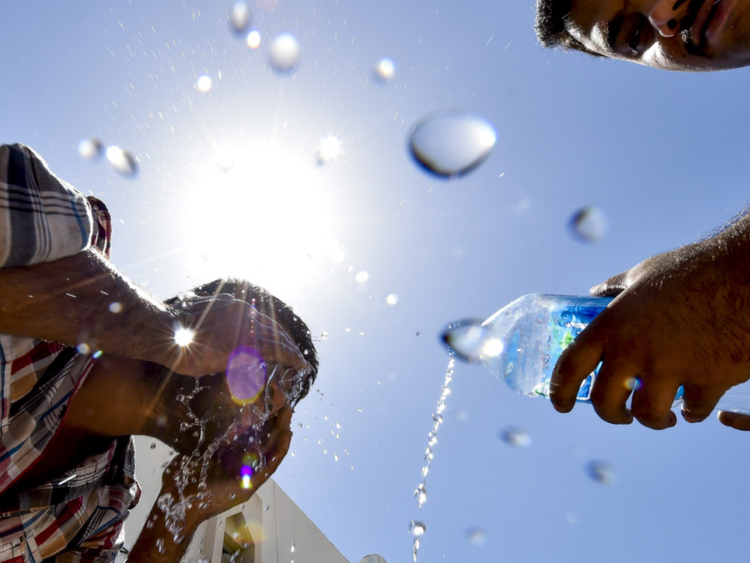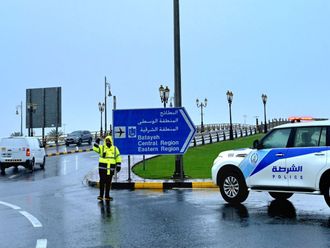Dubai: The first day of summer has started in the UAE, according to an astronomer.
Ebrahim Al Jarwan, General Supervisor at Sharjah Planetarium, explained that the hilal (crescent) moon will be coupled with the Thuraya stars for the first three days of Shaaban.
The first day of Shaaban, the 8th month of the Hijri calendar, was marked on April 17, 2018.
“The pairings will last for about two hours over the western horizon after sunset,” said Al Jarwan.
The Thuraya – or the Pleiades star cluster – is sometimes referred to as the "Seven Sisters" and is among the nearest star clusters to Earth — which also happens to be the cluster most obvious to the naked eye in the night sky.
“The Thuraya stars are about to be absent for a period of about 40 to 50 days, which will be accompanied with dust storms during the second half of April,” said Al Jarwan.
The Thuraya star cluster holds about 500 stars — and in the Emirates — traditionally marks the rainy season just before summer kicks in.
The cluster then disappears by the end of April.

The Pleiades star cluster. Courtesy: European Southern Observatory.
While parts of the country will be hazy and covered in dust, the National Centre of Meteorology (NCM) said that rainfall and strong winds will affect various areas on Wednesday morning from 7-11am.
— المركز الوطني للأرصاد (@NCMS_media) April 18, 2018
The unstable weather coincides with the NCM’s cloud-seeding missions, with up to five of them expected to be carried out between Tuesday and Wednesday.
14 cloud-seeding missions
A senior official at the NCM explained that the nine cloud-seeding missions carried out since last Friday will bring the total number of attempts of up to 14.
Khaled Al Obaidi, Head of the cloud-seeding section at the NCM, told Gulf News that the mission will be carried out on Wednesday across parts of the UAE.
“Northwesterly winds will blow off the clouds to the Oman Sea, but for now, we’ve got quite good clouds for a few more missions,” he said.
Last night, a heavy storm fell in Al Qawr in northern Ras Al Khaimah, which was circulated across the NCM’s social media accounts.
#المركز_الوطني_للأرصاد #الإمارات #أمطار_الخير - القور#أحمد_البدواوي #سماوي_للإستكشاف
— المركز الوطني للأرصاد (@NCMS_media) April 17, 2018
#هواة_الطقس #أصدقاء_المركز_الوطني_للأرصاد pic.twitter.com/PKK2ImW1il
The northern emirates will be affected by southwesterly-northwesterly clouds, which may be associated with rainfall and strong winds of 25km-35km/h, which will peak at 50km/h.
The temperature will range from 20-33C in coastal areas, 18-37C in internal areas, and 13-34C in the mountain region.











